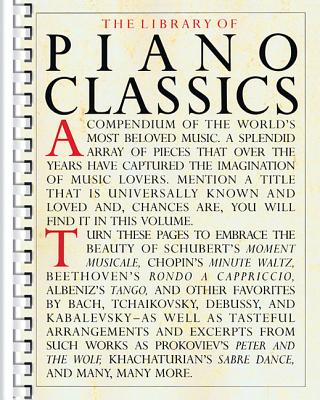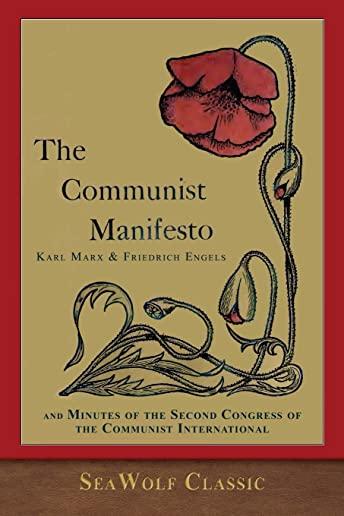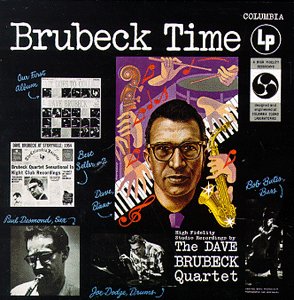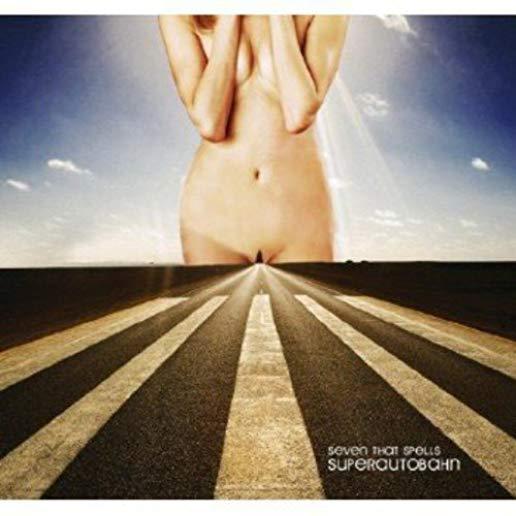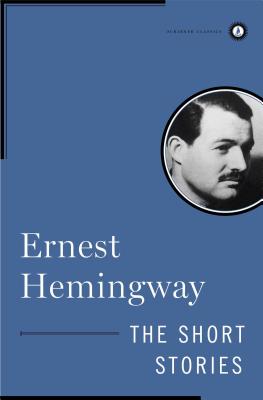
description
tion that established Ernest Hemingway's literary reputation, originally published in 1938. Ernest Hemingway is a cultural icon--an archetype of rugged masculinity, a romantic ideal of the intellectual in perpetual exile--but, to his countless readers, Hemingway remains a literary force much greater than his image. Of all of Hemingway's canonical fictions, perhaps none demonstrate so forcefully the power of the author's revolutionary style as his short stories. In classics like "Hills like White Elephants," "The Butterfly in the Tank," and "The Short Happy Life of Francis Macomber," Hemingway shows us great literature compressed to its most potent essentials. We also see, in Hemingway's short fiction, the tales that created the legend: these are stories of men and women in love and in war and on the hunt, stories of a lost generation born into a fractured time. The Short Stories of Ernest Hemingway presents many of Hemingway's most famous classics alongside rare and unpublished material: Hemingway's early drafts and correspondence, his dazzling out-of-print essay on the art of the short story, and two marvelous examples of his earliest work--his first published story, "The Judgment of Manitou," which Hemingway wrote when still a high school student, and a never-before-published story, written when the author was recovering from a war injury in Milan after WWI. This work offers vital insight into the artistic development of one of the twentieth century's greatest writers. It is a perfect introduction for a new generation of Hemingway readers, and it belongs in the collection of any true Hemingway fan.
member goods
No member items were found under this heading.
Return Policy
All sales are final
Shipping
No special shipping considerations available.
Shipping fees determined at checkout.

